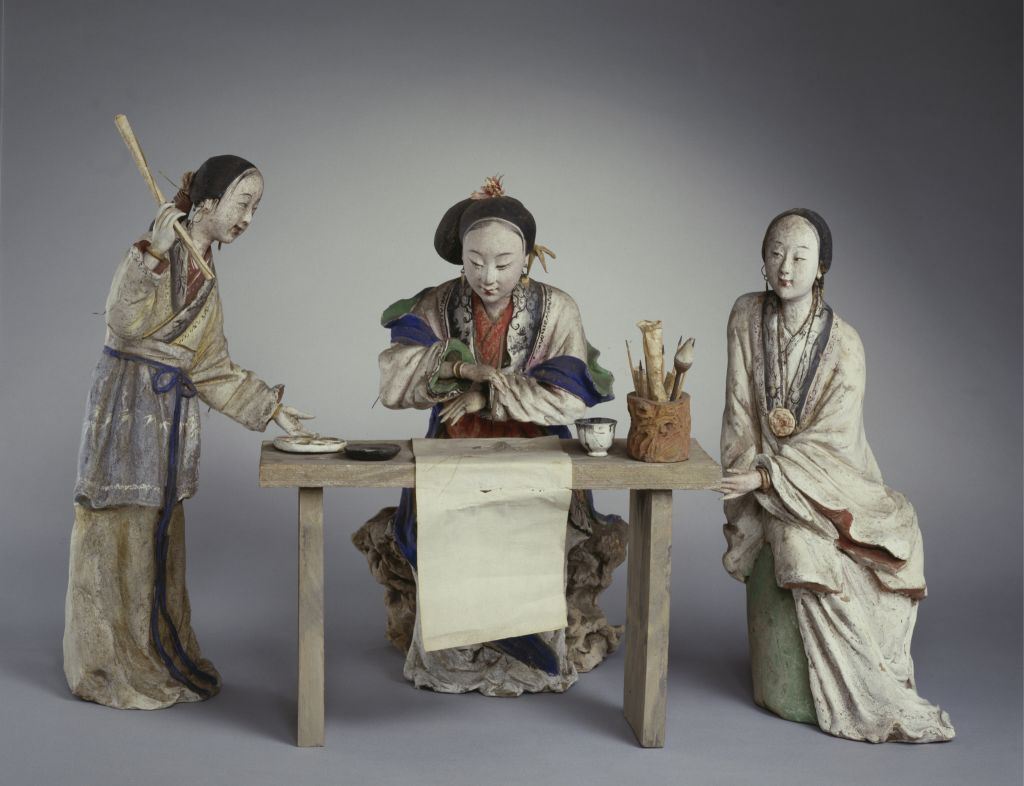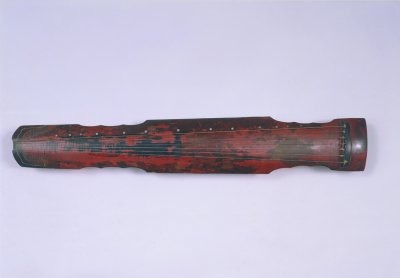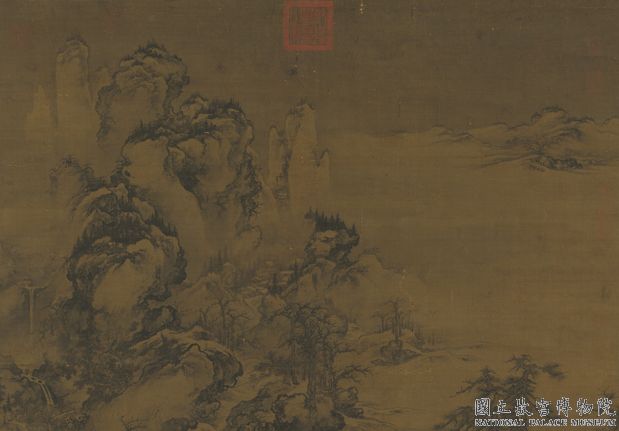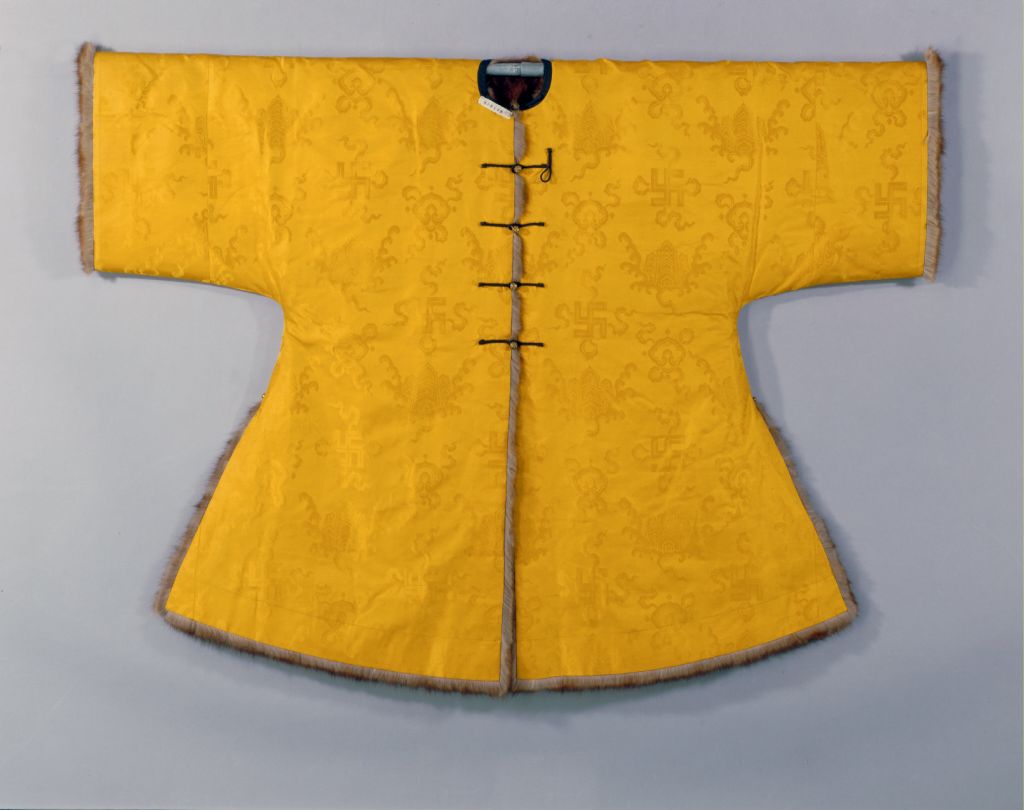[Huanggongwang Stone Wall Picture Axis of the Tianchi Lake]
The axis of the Stone Wall Picture of the Tianchi Lake, Yuan Dynasty, Huanggongwang painting, silk version, color setting, 139.4 cm vertically and 57.3 cm horizontally
This self-knowledge: “In October of the first year of Zhizheng, the Great Idiot Taoist painted the stone wall of Tianchi Lake for sex, which was 70 years old.” The first year of Zhizheng was 1341
At the top of the screen, there is Liu Guanchang, a person of the Yuan Dynasty, with a seal of Yuan Qian Liangyou, and Zou Diguang, Li Wei and others in the Ming Dynasty, with 9 seals and 1 half seal
This picture depicts the scenery of Tianchi Mountain in Wu County, west of Suzhou. Tianchi Mountain is connected with Lingyan Mountain and Tianping Mountain. Giant stones stand on the top of the mountain, and it looks like a lotus in the distance. It is called “Huashan”. There is a blue water in the half of the mountain on the side of the mountain, which is called “Tianchi Mountain”. Therefore, this side of the mountain is also called “Tianchi Mountain”
The picture uses both high and far-reaching composition methods. Close view of hills and streams with pines and luxuriant trees. The mountain path leads to the main peak. In the middle of the picture, there are many peaks, the Tianchi Lake is on the upper right, the stone walls on both sides are facing each other, and the water pavilion in the pool has several rafters. The smoke and clouds on both sides of the main peak are moist, which makes the picture virtual and real
The composition of this picture is complex, and the high slopes and steep cliffs are scattered, and it is magnificent. Although the painter-like brush is relatively simple, the miscellaneous trees are mostly used with horizontal points, and the rocks are covered with hemp and chapped, but the lines appear natural and smooth, and the ups and downs are orderly; The strokes are simple, thick, moist and changeable. The “light crimson method” is adopted for color setting, and the light ochre is mostly used, and the combination of dark green and dark green is used, and the cold and warm complement each other, which perfectly shows the green of the mountain and the warmth of the sun. As Wu Xiu said in the Qing Dynasty, “ochre is slightly yellow, and spring is in the painting, and ink is green, and ink is green.”
Huang Gongwang’s “light crimson method” has an important position in the development of ancient Chinese landscape painting, and this picture is his typical work. In addition, the title of Liu Guanchang in this painting called Huang Gongwang “the eldest disciple in the room of Wuxing”, which shows that Huang Gongwang studied in Zhao Mengfu, which is an important material in the study of painting history
The allegorical compilation of Mu, the capital of the Ming Dynasty, and the seventeenth volume of the Grand View Collection of Wu Sheng in the Qing Dynasty.
![图片[1]-Huanggongwang Tianchi Stone Wall Drawing Axis-China Archive](https://chinaarchive.net/Yuan dynasty/painting/27536.jpg)
![[Qing Dynasty] British female painter—Elizabeth Keith, using woodblock prints to record China from the late Qing Dynasty to the early Republic of China—1915-China Archive](https://chinaarchive.net/wp-content/uploads/2022/11/image-191x300.png)




